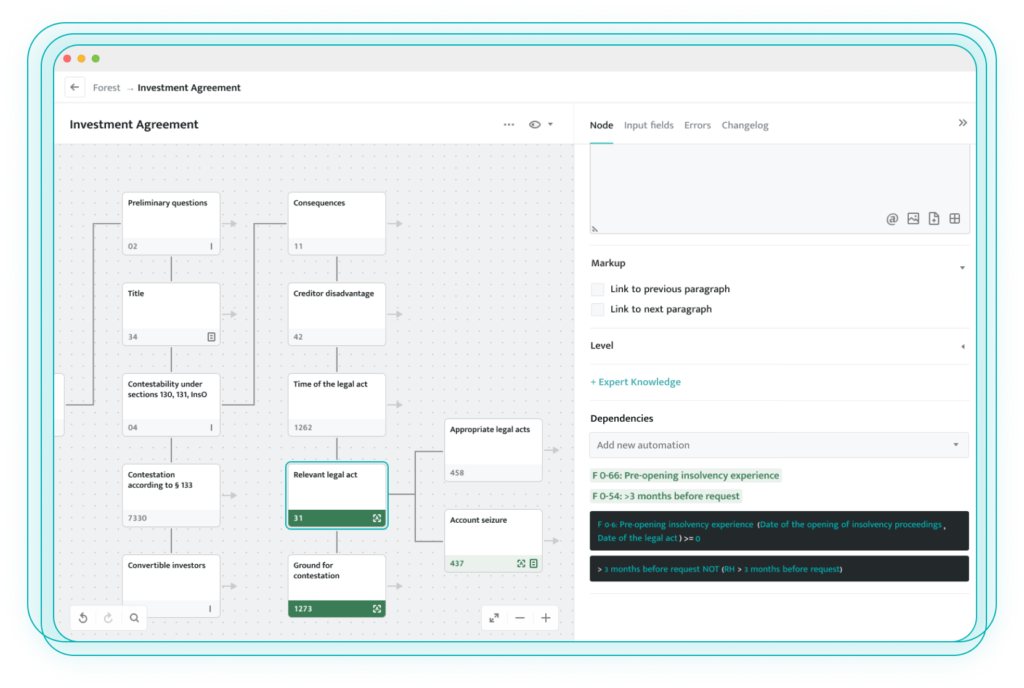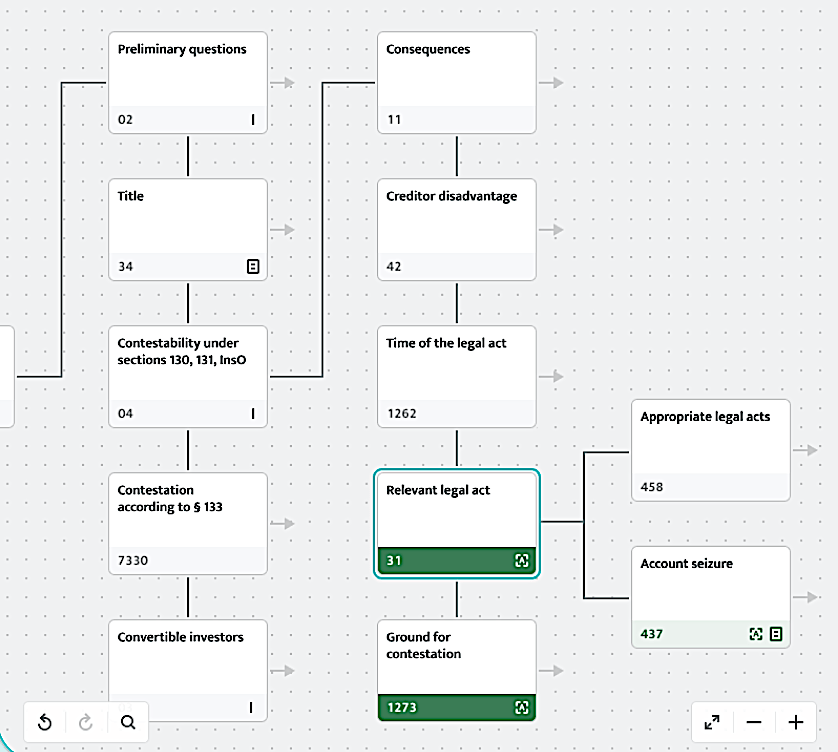
By Jake Jones, Co-Founder at no-code platform Legal OS
Legal teams are spending more than ever on software solutions to increase efficiency, to scale their work, and to gain a competitive edge. But too often these solutions fail to deliver on their initial promise; there is little to no return on investment. Why is this the case? And is there a way to overcome this value gap?
The legal market is currently flooded with technology solutions that streamline the work of lawyers. CLM tools, RPA tools, contract automation tools. But often these solutions barely scratch the surface of real legal work. Instead, they skirt the fringes of it, automating linear, simple tasks or providing an improved interface for a solution category that has existed for decades, such as contract management.
In some cases, lawyers will benefit from such tools. Certain menial tasks might become less painful. As such, these tools should not be overlooked entirely. However, core legal work remains unaffected by these solutions. Legal reasoning remains a human – and therefore unscalable – endeavour. Consequently, the return on investment in legal technology tends to be marginal rather than dramatic.
In order to automate or augment core legal work, one must include the logic of legal reasoning within a legal tech solution. This logic is already applied by lawyers every day in their core work: decision making, drafting complex documents, contract analysis, risk assessment. This logic is an inherent component of core legal work. Any tool that cannot cope with the complexity of legal logic can only be applied inaccurately to expert tasks, while a tool that is built with legal logic at its heart has the potential to scale legal work by radical multiples of 10x or more.
It does, however, seem unreasonable to expect lawyers to learn the differences between Azure and AWS. An engineer’s first programming language will take years to master. Even simple functions are prone to human error when written by an inexperienced engineer. Further, the structure of legal decision making processes, analysis processes, or document automation scenarios becomes increasingly difficult to follow as complexity grows. This comprehension challenge becomes a significant risk when lawyers attempt to collaborate upon or maintain code.
There is a solution, a way to empower lawyers to encode their expertise without learning to code. No-code platforms date back to the nineties, and they have undergone an impressive evolution in the last five years. It is now possible to automate the onboarding of a new client, for example. A no-code platform can send emails, file documents, or generate an HR chatbot. And from this evolution a new category of no-code platform has emerged: the visual programming language for law.
A visual programming language for law, such as Legal OS, has the familiar graph-like interface of other popular no-code platforms, but with a few fundamental differences:
- A visual programming language for law includes all core concepts of any computer programming language: looping, variables, conditional statements, data types, and functions.
- A visual programming language for law includes a tool chain to support code quality control and management: error checking, versioning, auto-save, collaborative editing.
- A visual programming language for law is not a generalist no-code tool, instead it is purpose built for how lawyers work and think. As such, it includes all logical operators relevant for legal reasoning: propositional logic, class logic, combinatorial logic, quantor (quantifier) logic, (alethic) modal logic, deontological logic, relational logic, action logic, syllogistic logic, and fuzzylogical structures.
These differences ensure legal teams do not hit a complexity ceiling. Further, they ensure their expertise is computable and interoperable (it can be leveraged by any other system via an API). Finally, no compromises are required; if a lawyer can think it, it can be encoded on the platform, intuitively.


A visual programming language for law opens new opportunities for lawyers over and above mere efficiency gains. Once expertise is encoded, this expertise can be delivered at scale through digital products. For example, a law firm could create a digital in-house counsel to serve young companies without budget for a GC. Such a product could contain a chatbot to respond to common enquiries, a self-serve document generator for founding documents, employment contracts, etc., and a cap table management tool to track in real-time how ownership of the company is divided with each investment round, including the impact on ESOP.
To date, it has not been possible for a law firm to deliver such a tool to clients. The effort to build each feature – and maintain said features – is too high, especially for those firms with limited product development experience. In addition, such a product would meet the aforementioned complexity ceiling, and therefore could only address a fraction of the legal requirements of a young company. But a visual programming language for law enables exactly this. As such, it could mark a phase shift in the delivery of legal services, enabling legal services to be delivered at massive scale without compromising on quality.
This opportunity will be met with particular relief by those legal teams who are currently under immense pressure to deliver more, faster, and who are increasingly asked to offer flat (or at least transparent) pricing for their legal services.
It is now in the hands of lawyers to decide whether they supercharge their own workflows with a tool like Legal OS, or whether they build digital services for their clients with Legal OS to exponentially scale their work.

Legal OS is currently worked with by a number of leading transactional law firms in the DACH region, multi-national corporates, and venture capital funds.
[ Artificial Lawyer is proud to bring you this sponsored thought leadership piece by no-code platform, Legal OS. ]